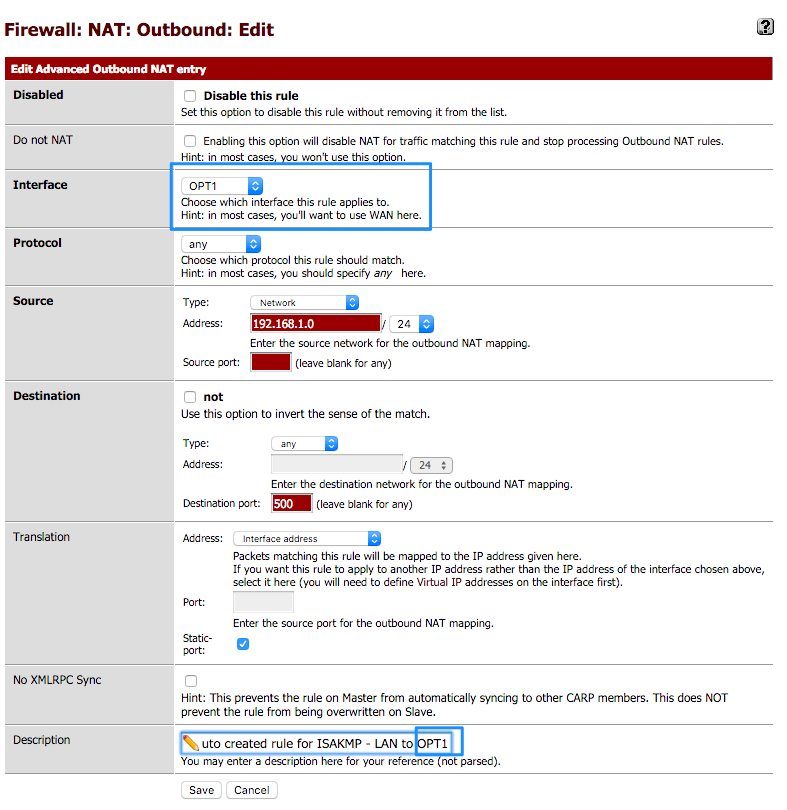
Navigate to Firewall -> pfBlockerNG -> DNSBL -> DNSBL Feeds to add your feeds lists Now we get to the heart of the configurations as we need to define our DNSBL Feeds and from where pfBlockerNG should pull its information from, a good source for this is on the pfSense forum from the developer himself on this link: State: ON | EasyList Feeds: EasyPrivacy | Header: EasyPrivacy State: ON | EasyList Feeds: EasyList W\O Elements | Header: EasyList Next we configure the DNSBL EasyList from Firewall -> pfBlockerNG -> DNSBL -> DNSBL EasyList Now we want to move on to DNSBL settings found on Firewall -> pfBlockerNG -> DNSBL Rule Order: pfB_Pass/Match | pfB_Block/Reject | pfSense Pass/Match | pfSense Block/Reject
#Ntopng pfsense 2.3 full#
When installation is done Navigate to Firewall -> pfBlockerNG to start the configurationĬRON Settings: Every hour | :15 | 0 | 0 (this will sync the list every 15min past a full hour ie, 01:15 then 02:15)
#Ntopng pfsense 2.3 install#
Now the installer and progress bar will go over your screen, give it a few moments to complete as it is a fairly large package to download and install and depending on the system you using it can take a few moments to get it done Now you would install pfBlockerNG as you would any other package by navigating to: System -> Packet Manager -> Available Packets and then search for “pfBlocker” and then click installĬonfirm that you want to install the package and all its dependency PfBlockerNG uses the DNS Resolver service of pfSense to handle DNS resolutions so before we start the installation make sure your DNS Resolver is running whit the Forwarding mode enabled, this is found under Services -> DNS Resolver -> General Option

The only issue whit pfBlockerNG and DNSBL is that it can use a lot of resources both RAM and CPU the more lists you assign it the more RAM and CPU it would need to process all of them, the lowest set of hardware I would recommend using for this is 2Gb RAM and 4Core 1.5Ghz processor. These aliases are generated upon predefined txt files that contain the IP and Domain information that are updated by known security professionals and provider once a bad IP or Domain is identified. How pfBlockerNG and DNSBL achieve to do all this even if the sites uses HTTPS and SSL encryptions is by using DNS bases aliases that has both the Domain and IP to generate the firewall rules.
#Ntopng pfsense 2.3 how to#
In this guide I will be covering how to use the DNSBL feature of pfBlockerNG package to block users from accessing unwanted websites like porn, Facebook or YouTube and also keep your users safe from known infected website so that the risk of getting infected whit viruses or malware is reduces, this will also clean up Ad’s seen on websites also so you get a better browsing experience. Edd Noman's Guide to pfSense 04 – How-To Block Ad’s and Websites using pfBlockerNG


 0 kommentar(er)
0 kommentar(er)
